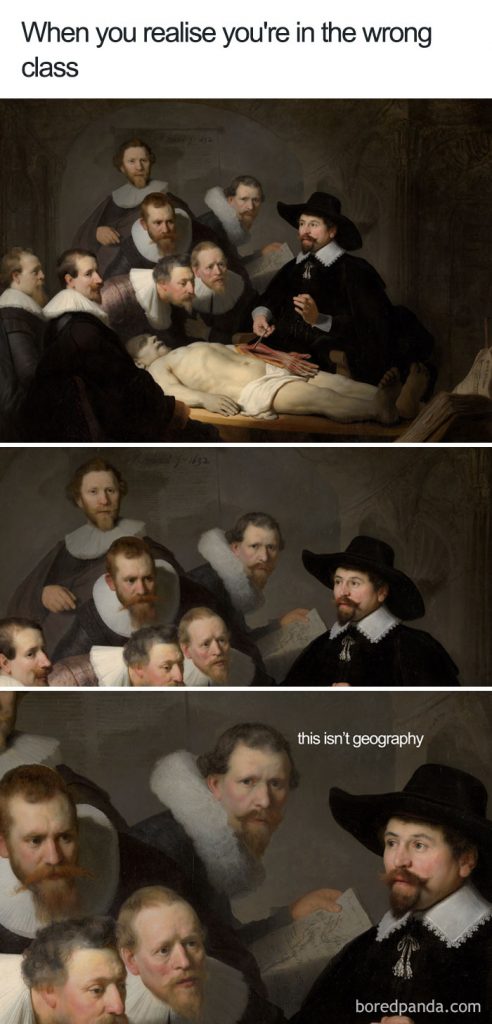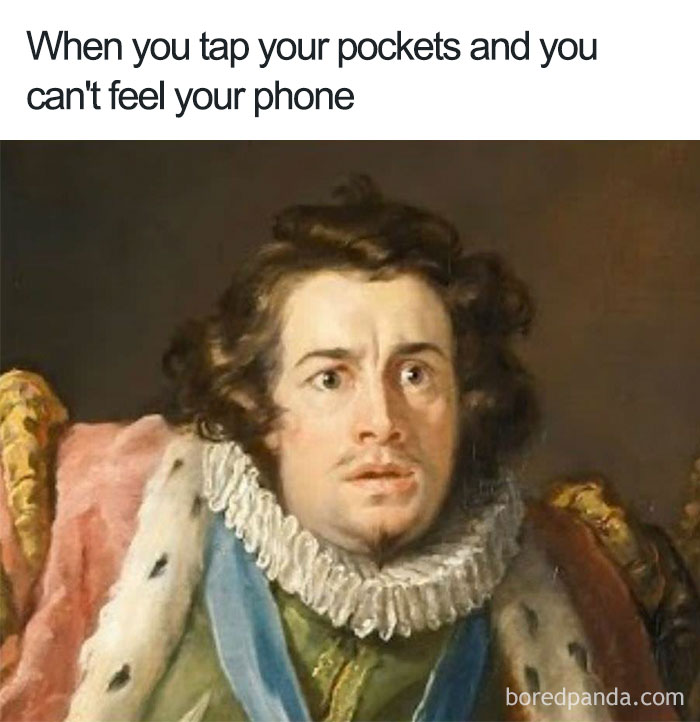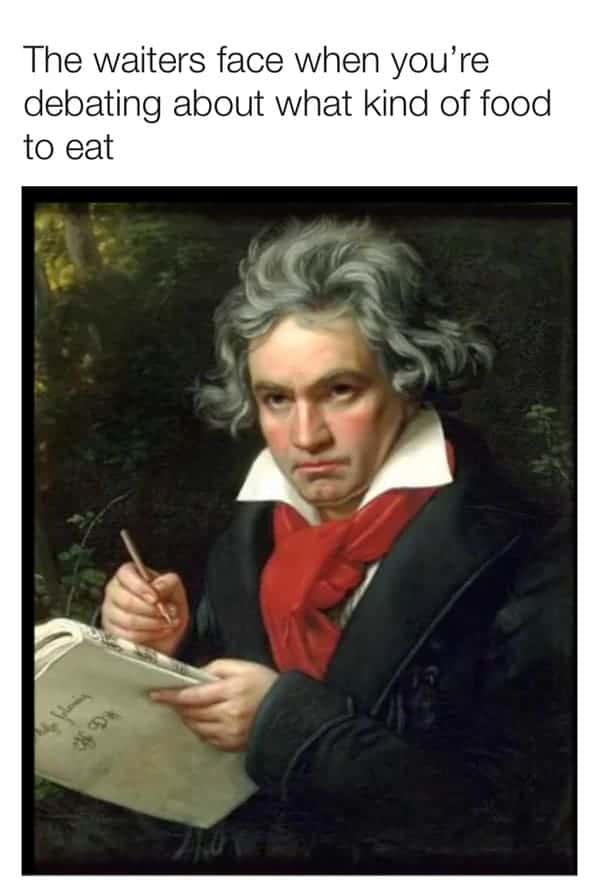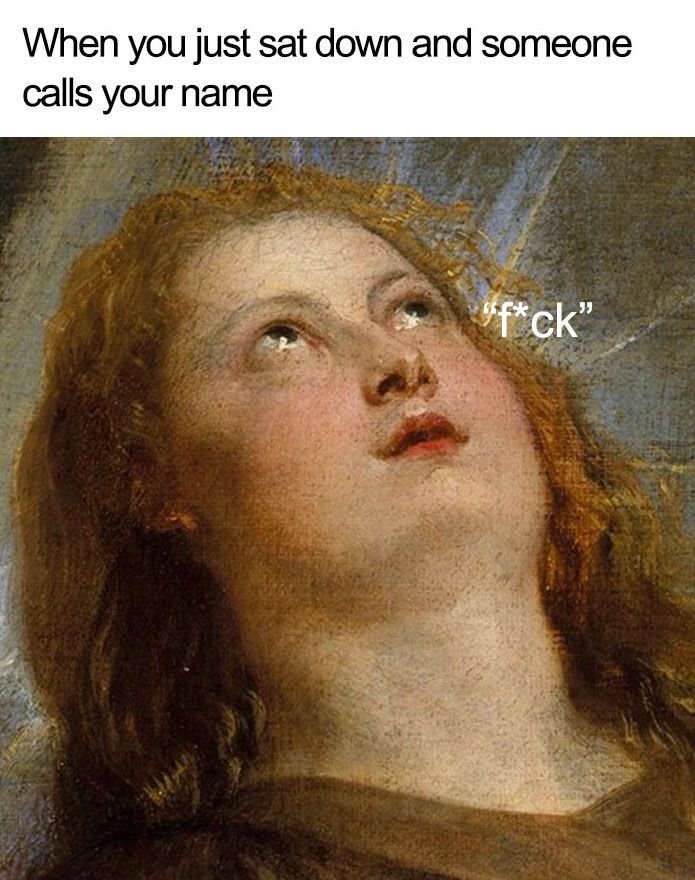Popular culture is constantly reshaping and redefining. Even within this soup of ideas, few concepts have captured the world’s imagination in the way memes have.
Memes culture often presents itself as relatable content in the form of pictures and words. This is the emotional value that contributes to the virality of memes. When a meme is spread throughout the internet, people share it because they feel it’s meant for them. Take the tag yourself meme that went around for months.
To this day, memes still rule the roost. But they predate the worldwide web by more than a decade. When the internet was made available in 1993, the meme transition went from real-life conversations to sharp images that anyone scrolling by, with little context, could understand.

“Since the platform’s original release in 2010, art meme accounts have been popping up in every corner of the central social media platform.” Superimposing contemporary contexts and conversations into classical art dubbed by cultural references, reflecting on relevant topics like art world elitism or just making snarky remarks about curators and museum management, meme accounts are loved by all types of art audiences – Why? Because it’s funny and relatable as hell.
Let’s look at some of the funniest ones I have come across. Just a warning, once you start getting more and more into these hilarious memes, guarantee the next time you head to an art gallery, you won’t look at traditional art the same way again.
Although there are thousands, well, millions of different types of memes, these art history memes prove that nothing has changed in hundreds of years.
1.

2.

3.

4.

5.

6.



